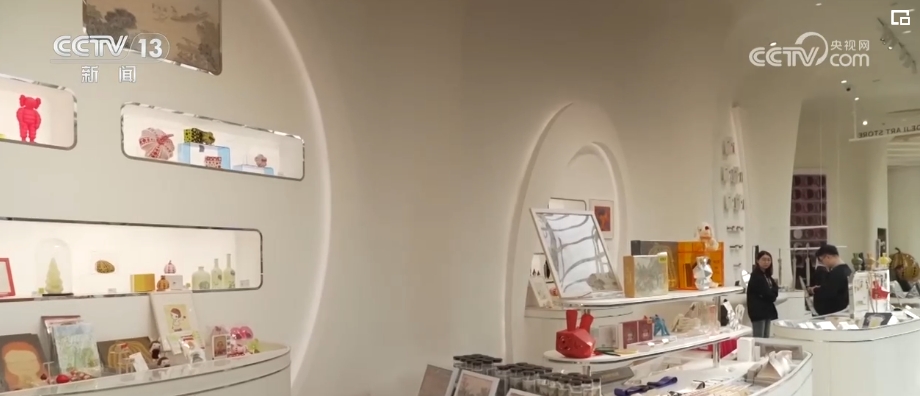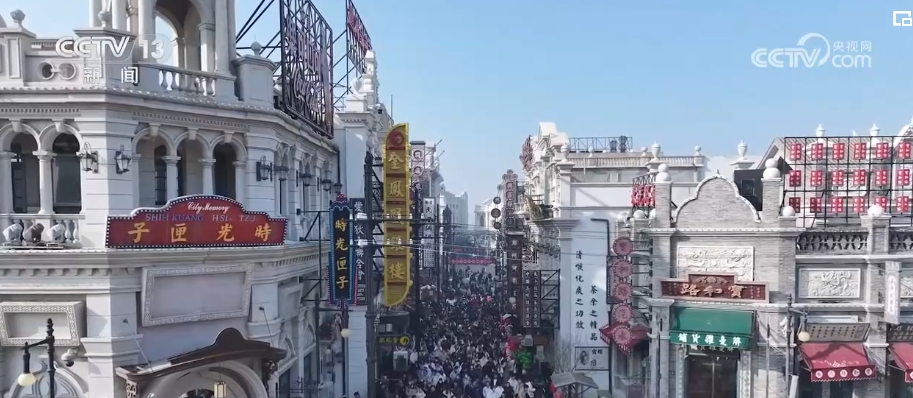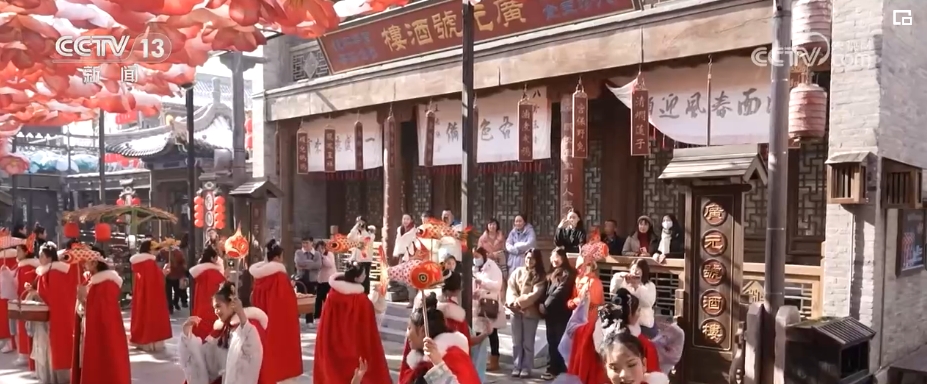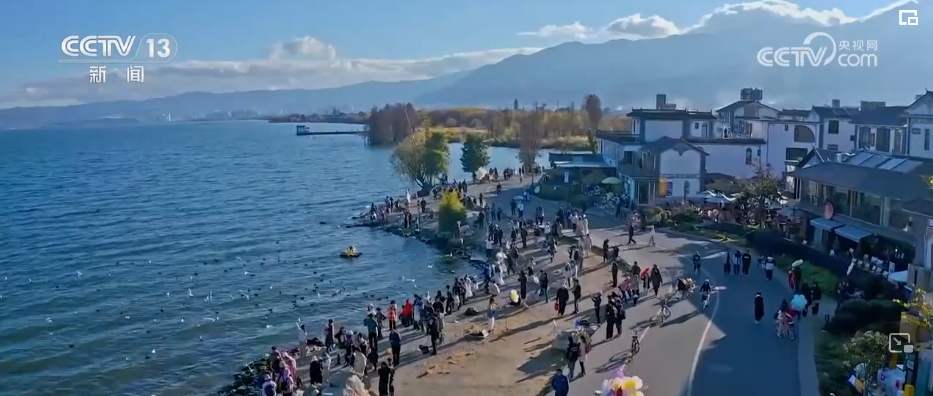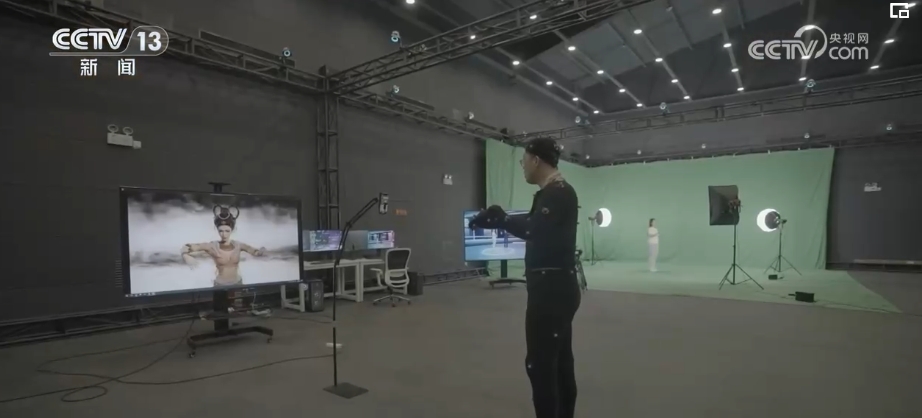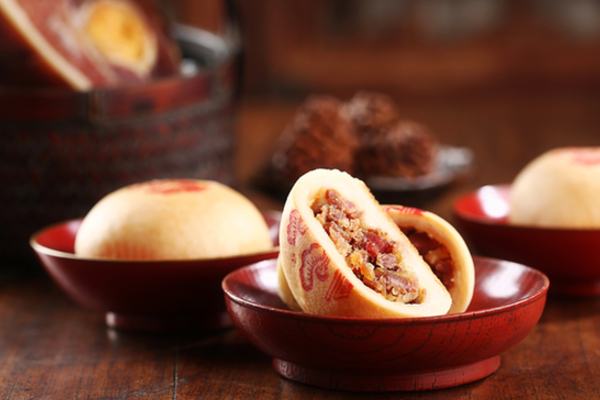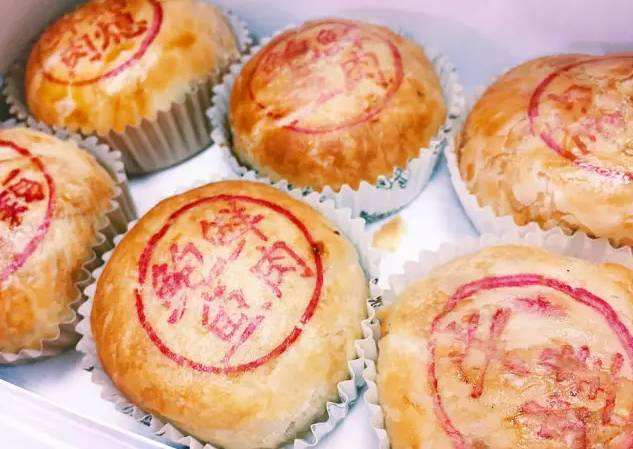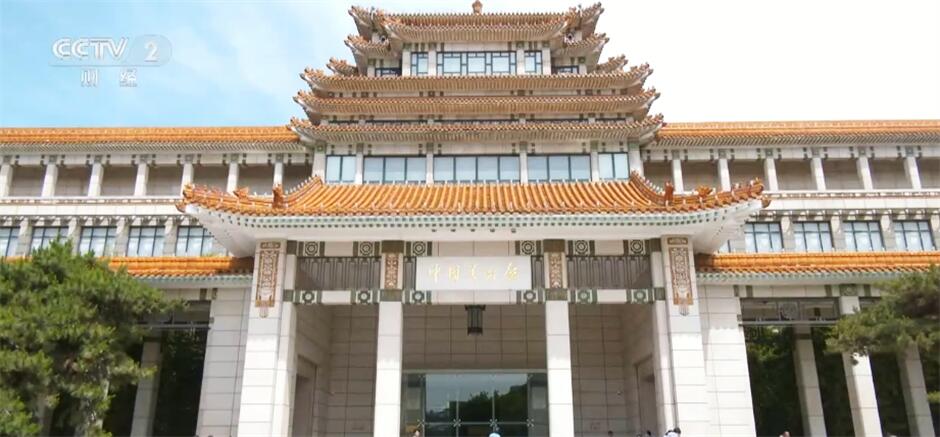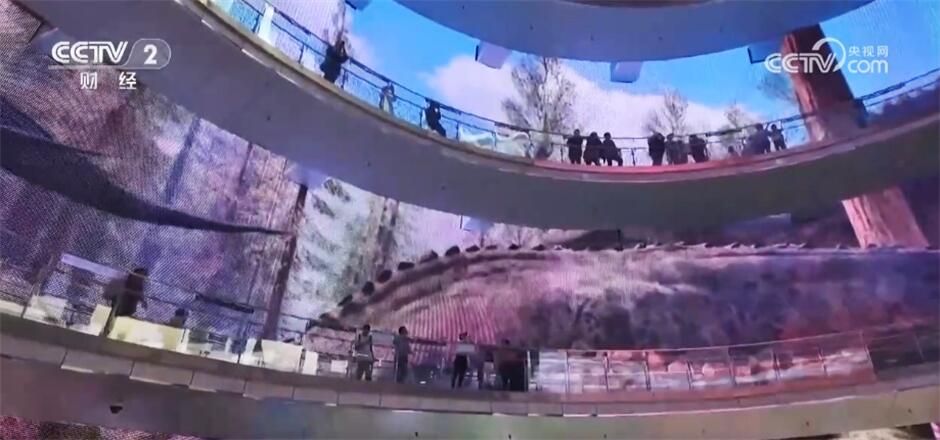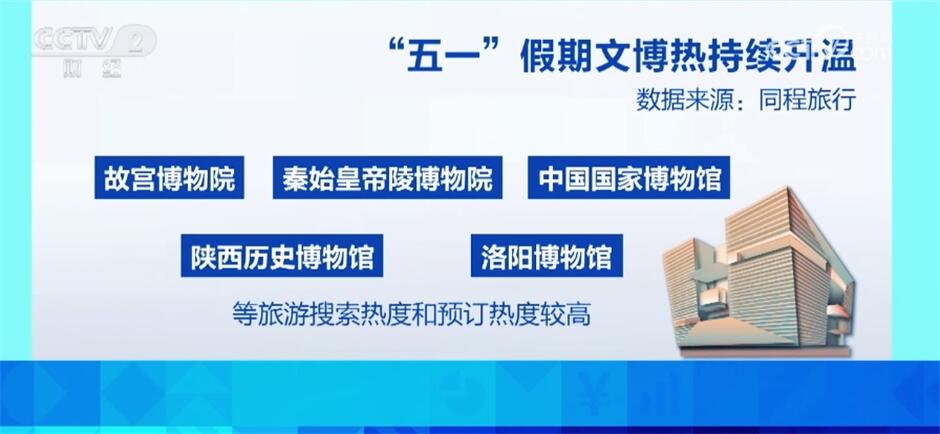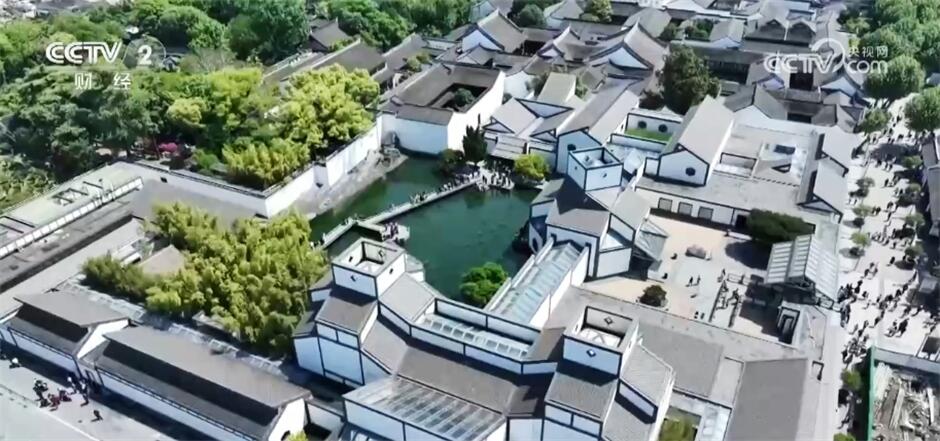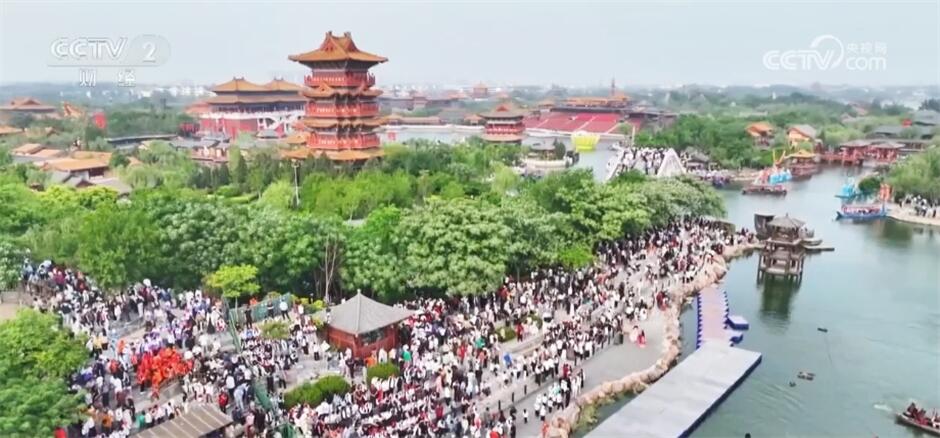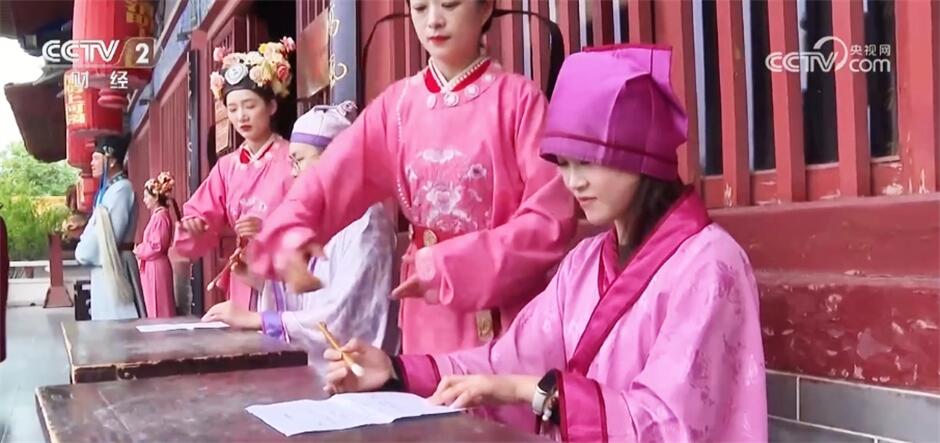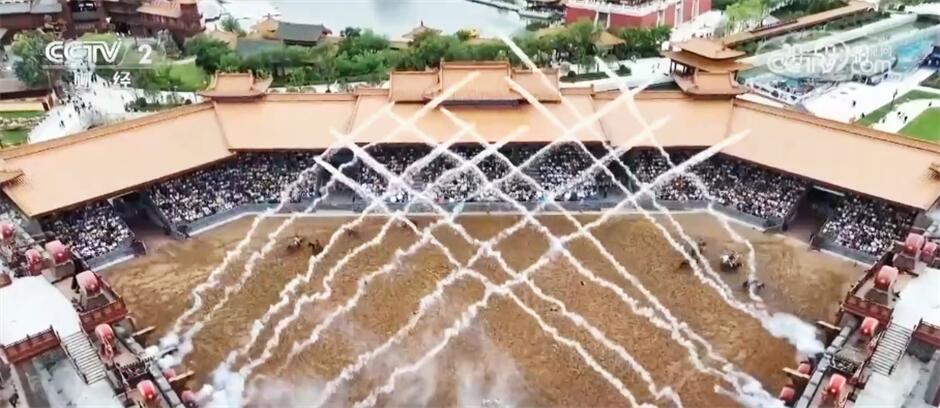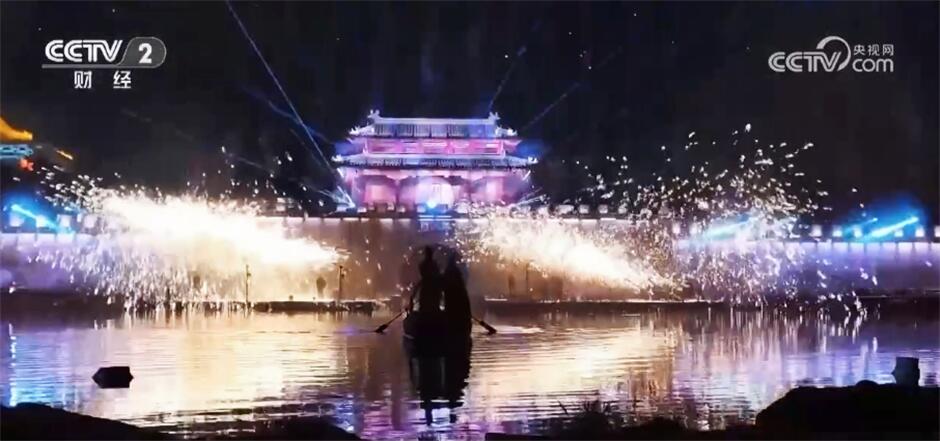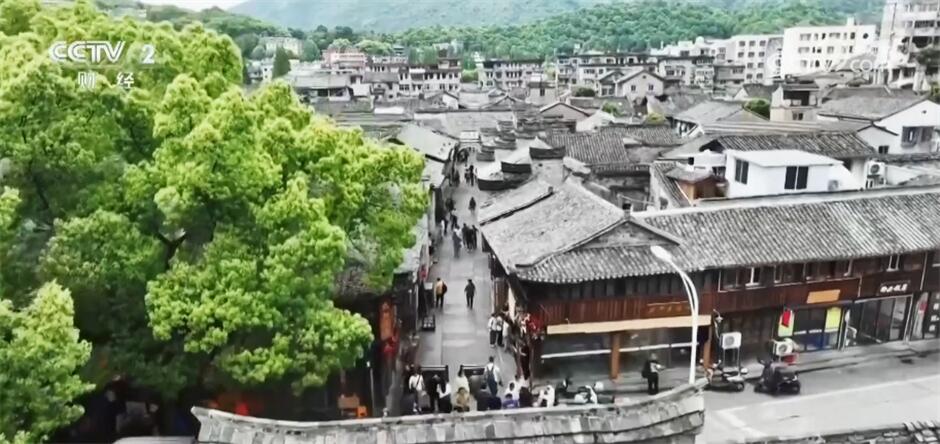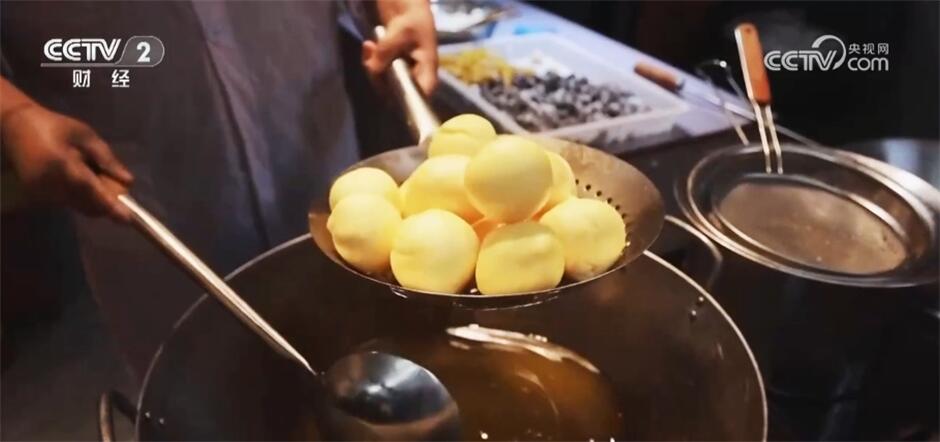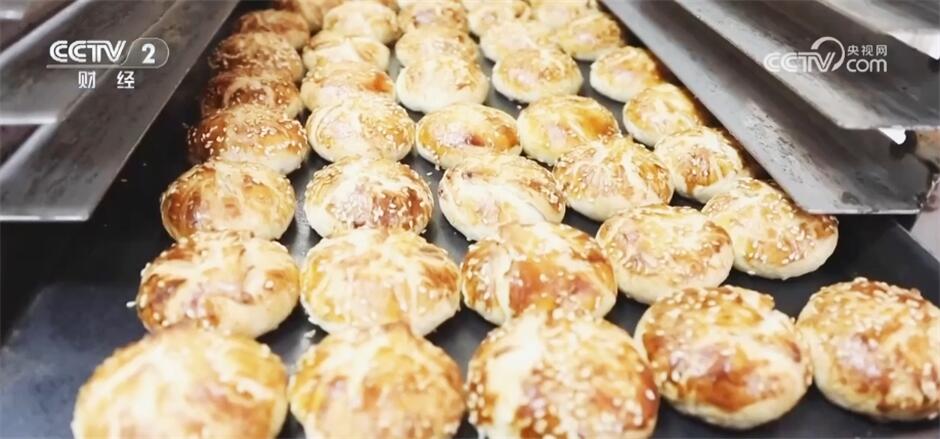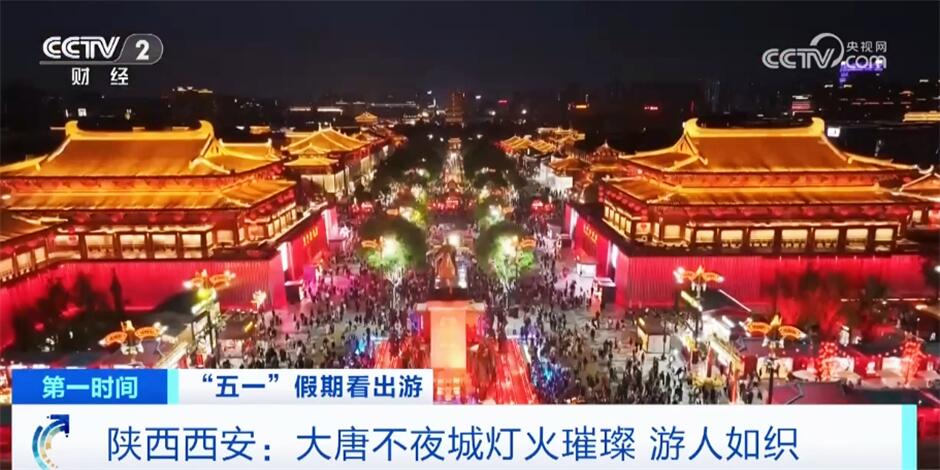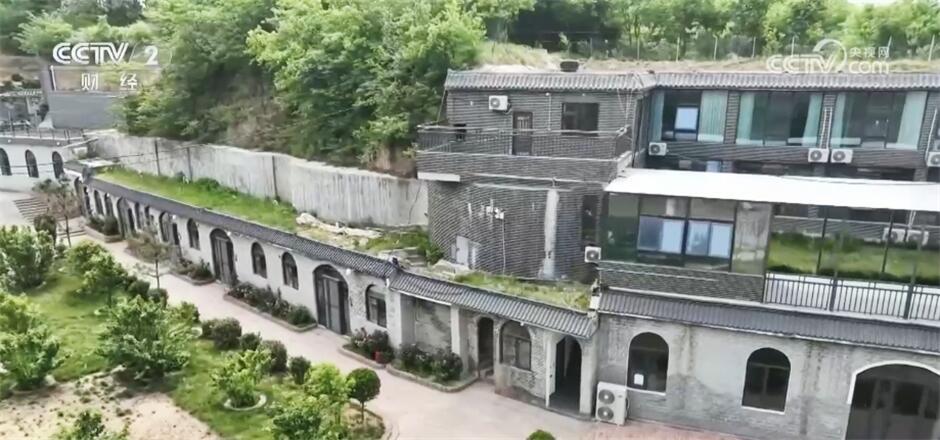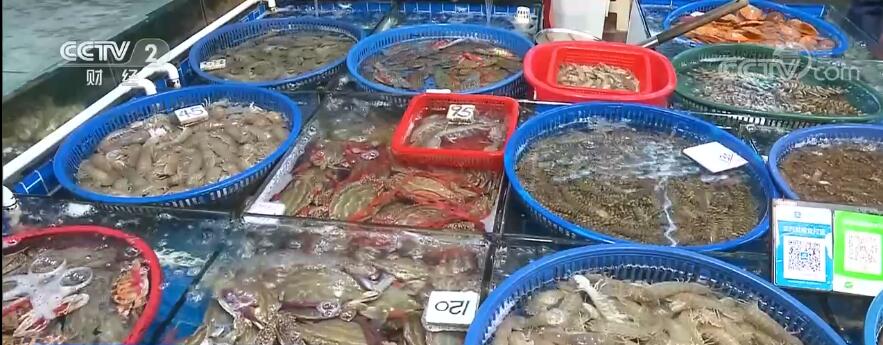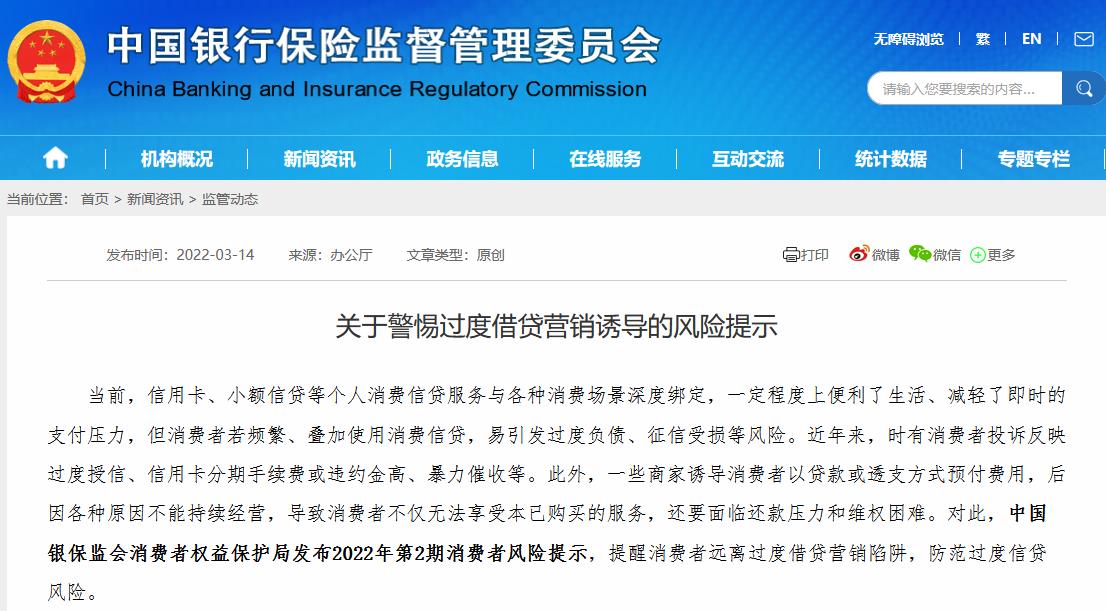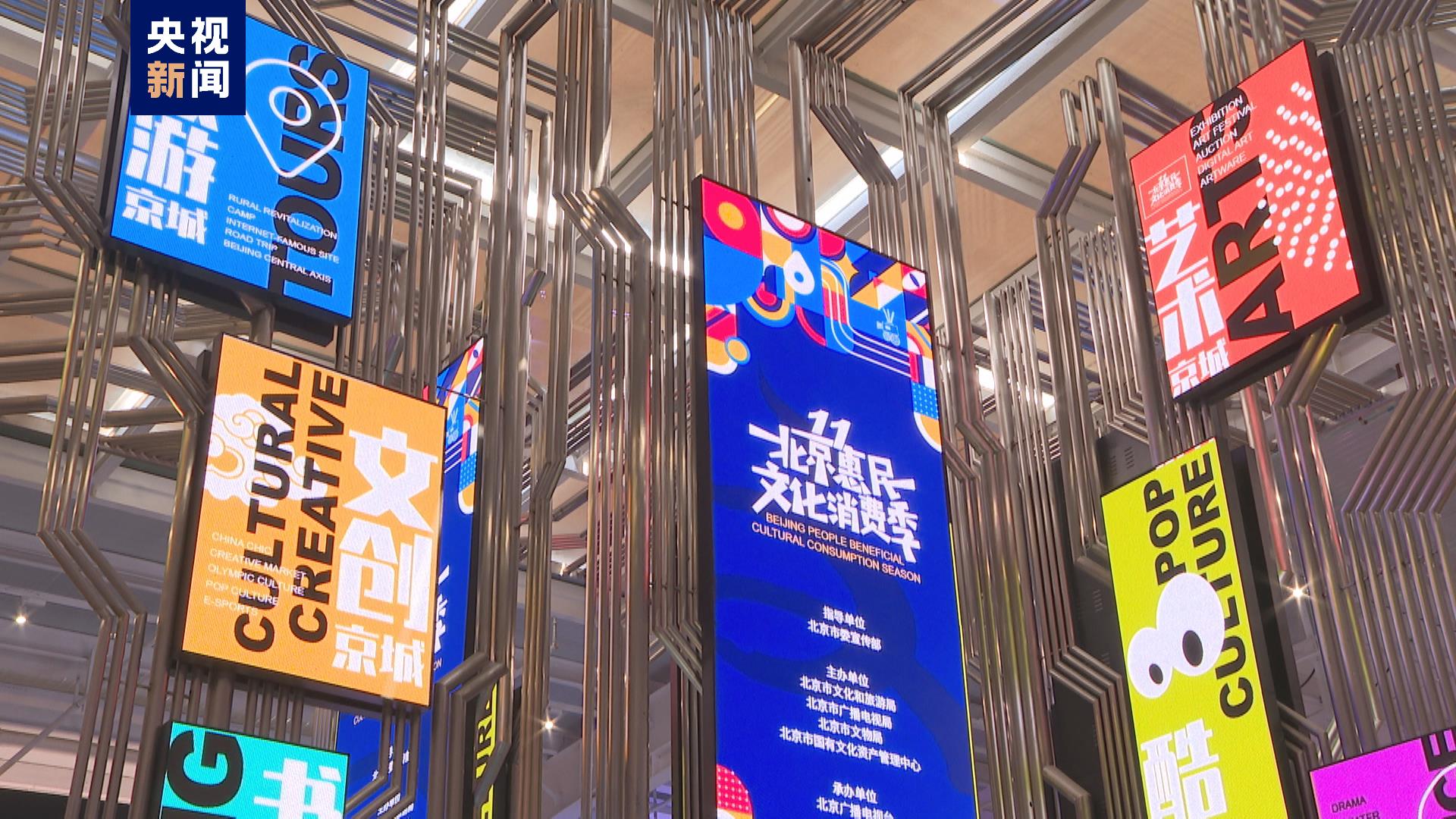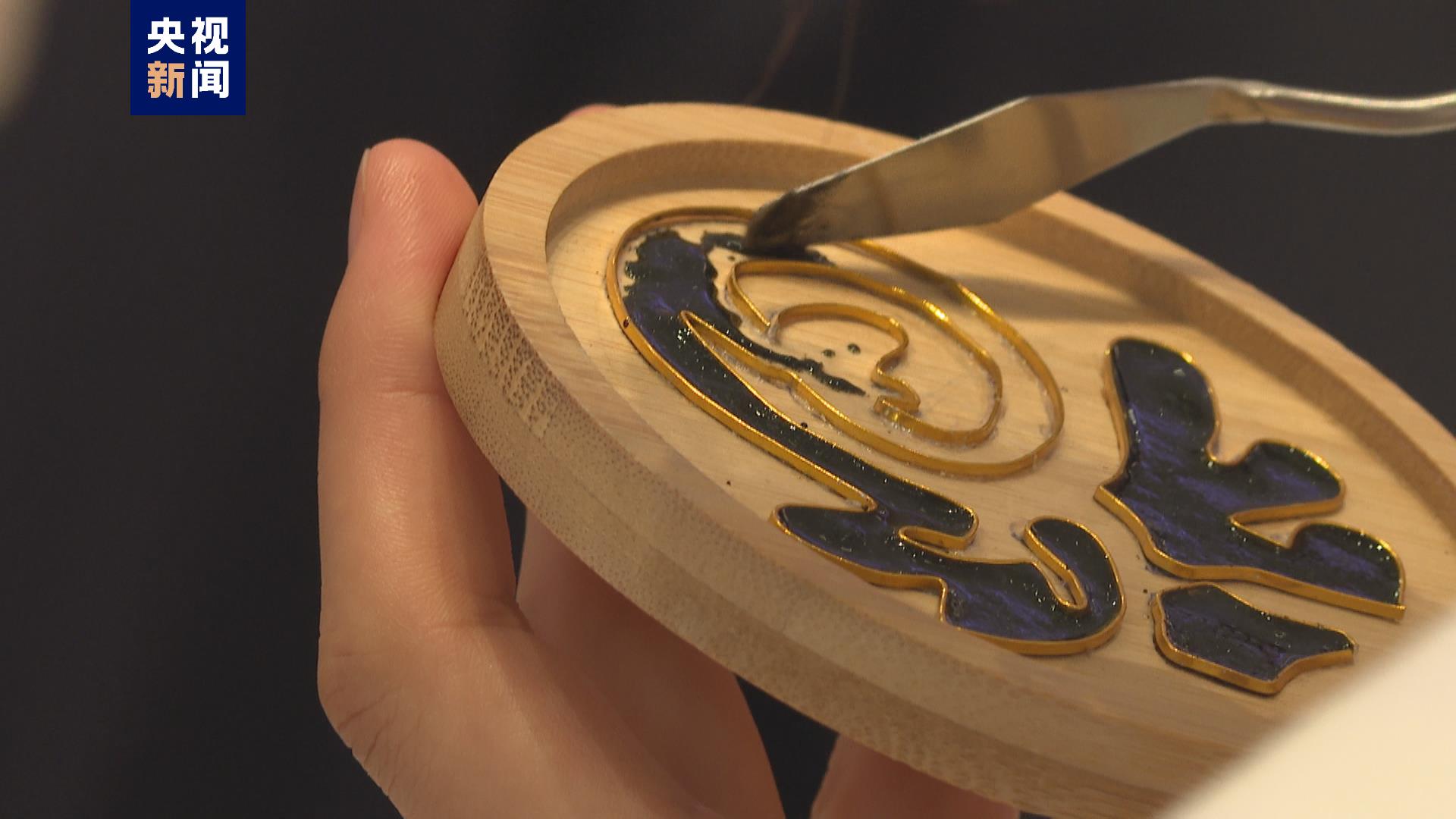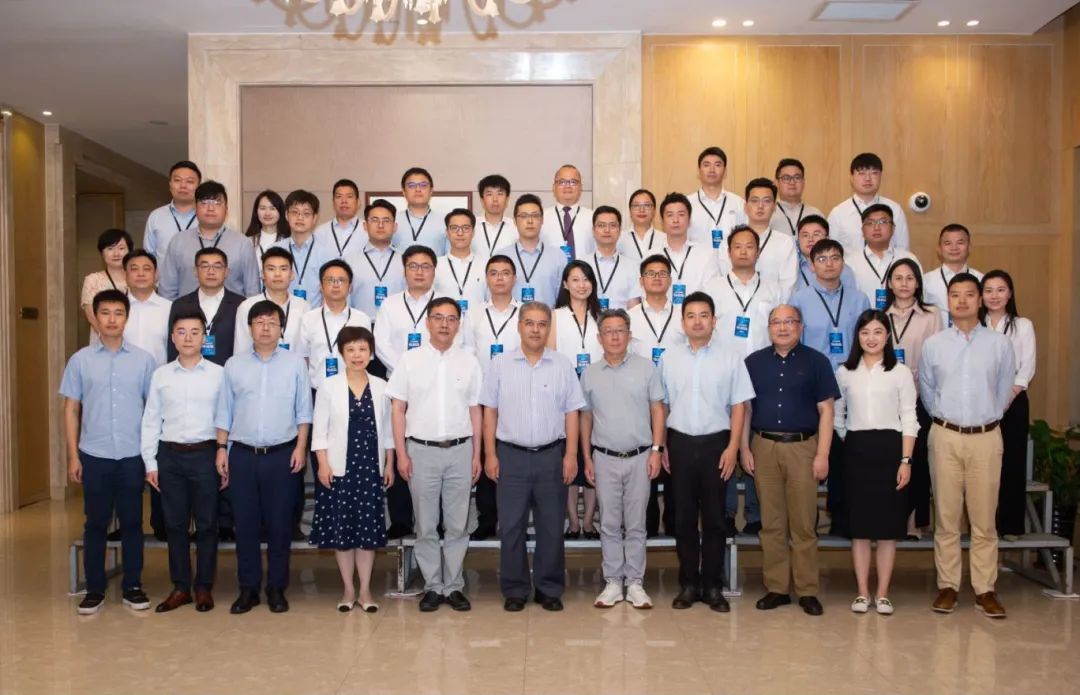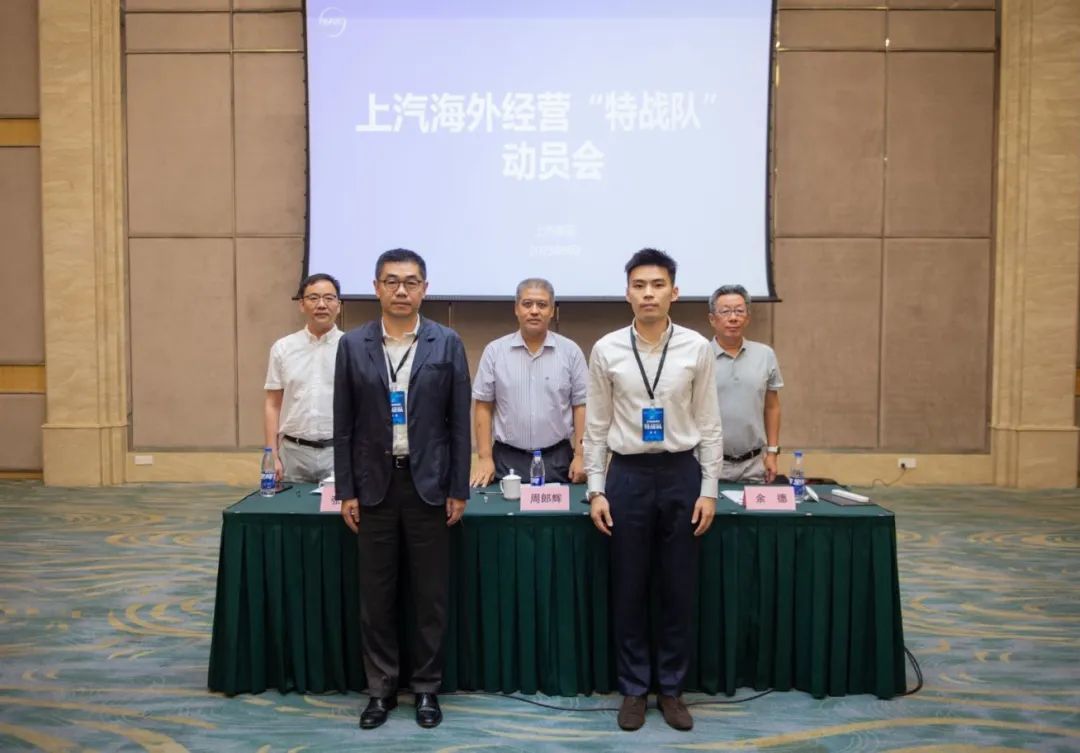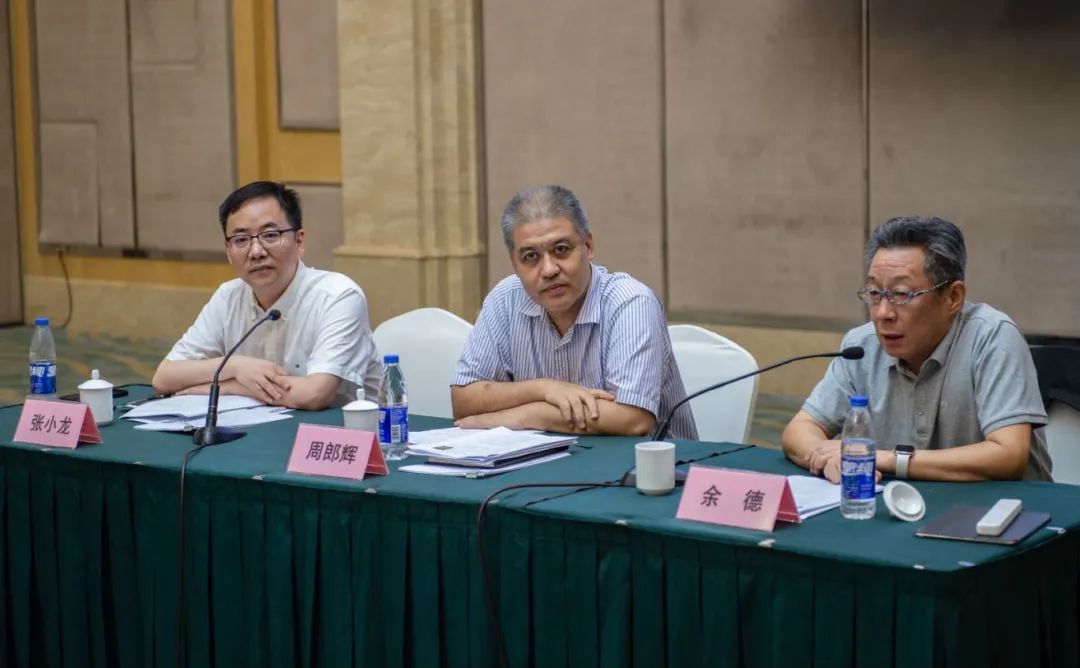Experience of "Young Scientists’ Special Session" of Science and Technology Annual Meeting of Chinese Society of Environmental Sciences
In order to promote young scientific and technological workers and inspire new academic ideas, the 2019 annual meeting of science and technology of the Chinese Academy of Environmental Sciences held in Xi ‘an, the ancient capital, opened up a "Young Scientists’ Special Session", which provided a stage for exchanges and discussions for young scholars and technical talents who have emerged in recent years around the theme of "environmental science and technology innovation helps fight against pollution". Previously, the Chinese Society of Environmental Sciences just announced on its website 30 candidates who were awarded the "Young Scientists Award of the Second Chinese Society of Environmental Sciences", including 10 gold medals and 20 excellent prizes.

On the afternoon of August 23rd, the "Special Session for Young Scientists" was co-chaired by Lu Xi, Secretary General of the Young Scientists Branch of the Chinese Society of Environmental Sciences, and Professor Chen Rong from the School of Environment and Municipal Engineering of Xi ‘an University of Architecture and Technology. A total of eight representatives of young scientists gave speeches at the scene, and each of them contributed forward-looking content during the 30-minute on-site report time, which greatly expanded the participants’ cognitive and knowledge horizons. Let’s take a look at the contents of their report.
Magnetic nano-materials have great potential for environmental applications.
The first person to take the podium was Zhao Xiaoli, a researcher from china environmental science Research Institute. The topic of her report was "Application Research of Magnetic Nanomaterials in Analysis and Degradation of Pollutants". She starts with what we usually hear about nano-materials, which are artificially synthesized by people to meet the purpose of use, and are also research hotspots in recent years. In addition, there are some man-made nano-pollutants, such as nano-pollutants released into the atmosphere and water bodies by garbage incineration and industrial production.
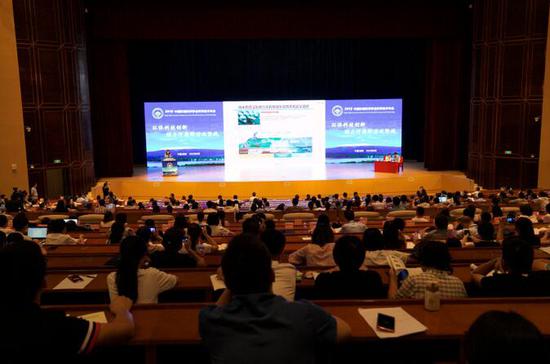
In the field of international nanotechnology, researchers’ understanding of nanomaterials has experienced a development process from new products to new pollutants to nano-safety. With the increasing application of nano-materials, its biological toxicity has attracted people’s attention. How to promote the healthy development of the industry and produce engineering nanomaterials that can meet the application needs and are environmentally friendly? Zhao Xiaoli’s team focused on the application of nanomaterials in the analysis, adsorption and degradation of pollutants in the water environment. Because nanomaterials are easy to block and difficult to separate, her team combined magnetic materials with nanomaterials to get magnetic nanomaterials. Magnetic nano-materials combine the advantages of small particle size, short diffusion path and fast extraction speed.
Next, she and her team worked hard to solve two key problems. One is that magnetic nanomaterials should be synthesized in a controlled and stable way, and the other is the adsorption capacity of magnetic nanomaterials to organic pollutants. For this reason, they independently prepared more than 10 kinds of nano-Fe3O4 composites with uniform particle size and controllable surface structure, which can be used for comparative research, and developed a new method for rapid analysis of trace pollutants in environmental water based on magnetic separation. Experiments show that the magnetic nano-materials developed by them have great potential for environmental application in pollutant analysis, adsorption removal and catalytic degradation, and solve the key problem of solid-liquid separation of nano-materials in solid-phase extraction application.
Environmental DNA is a powerful tool to detect and quantify biodiversity.
The topic of Professor Zhang Xiaowei’s report from School of Environment of Nanjing University is "eDNA Shaping a New Era of Eco-toxicology Research". Starting with a picture overlooking the bright lights in Asia at night from a satellite, he introduced the great changes brought by economic development to the natural ecological environment and landforms. Due to industrialization and urbanization, various environmental stress factors have entered the eco-environmental system, and many toxic substances have led to the decline of a large number of species through various mechanisms. In order to evaluate the chemical toxicity of species, countries have formed a set of simple strategies to evaluate the environmental quality of ecological risks in the past 50 years, which mainly include two methods: one is instrumental analysis, and the other is laboratory toxicity test. These methods are time-consuming and laborious, so the monitoring of wild native biota is considered as the key weakness of current ecotoxicology research.
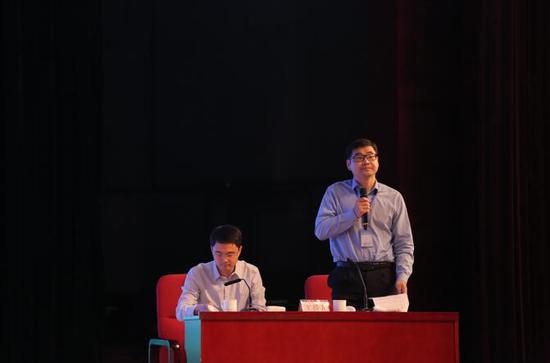
In order to overcome the above weaknesses, Zhang Xiaowei and his team began to use eDNA method to apply and popularize biodiversity monitoring technology in 2016. The so-called eDNA is the DNA in environmental samples, one is the DNA of biological individuals, and the other is the free fragments of large animals. EDNA’s sedimentation, degradation and final diffusion can be simulated by one-dimensional equation, which can predict the degradation and migration of eDNA in the process. Compared with the traditional morphological verification method, it provides a monitoring technology with higher repeatability and resolution.
The magic of eDNA technology is that by analyzing the substances in a glass of water, we can know what zooplankton and fish are in the ecological environment at that time. Zhang Xiaowei shows through several cases that eDNA can be used to monitor the swimming track of Yangtze finless porpoise population, and display the distribution and biodiversity of fish and plankton, which is undoubtedly very beneficial for comprehensively evaluating the long-term effects of environmental stress factors on regional ecosystem and its mechanism.
New technology makes offshore oil and gas exploitation cleaner.
Professor Yang Qiang from School of Mechanical and Power Engineering, East China University of Science and Technology gave a report entitled "Complete Technology and Equipment for Efficient CFC Treatment of Offshore Platform Production Wastewater". Yang Qiangxian introduced the research background of the project. At present, the process of oil and gas resources exploitation in China is simply to treat the oil-gas-water mixture on the platform after drilling, purify the water and transport the oil and gas to the shore for utilization. In this process, every ton of oil produced is accompanied by 3 tons of water brought to the ground, which is partly reinjected into the underground and partly discharged into the sea. It is a key problem for the production of offshore oil platforms in the world to control and treat the discharge of these wastewater.
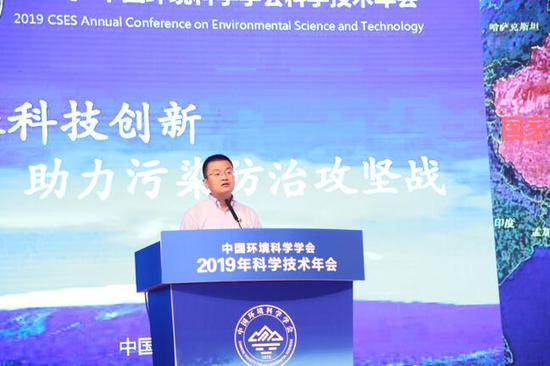
The existing offshore platforms in China are basically physical methods and a small amount of chemical methods. Yang Qiang’s team built a droplet control system to solve the problem of how to separate oil in water efficiently, and studied the process from the adhesion of oil droplets on the whole fiber level to the collision, separation and collision fusion of oil droplets. Then, based on the mechanism of fiber-induced agglomeration, the team proposed to use lipophilic fibers to quickly capture high-viscosity heavy oil droplets during the flow process. Aiming at the problem of gas in oil and oil in water, the research team constructed a combination of oleophilic fiber and oleophobic fiber to realize the physical separation process. On this basis, they developed hydrophilic/lipophilic combined fiber coalescence oil removal technology and equipment, and constructed a complete set of production wastewater treatment process with this technology and equipment as the core. Finally, Yang Qiang introduced the application of their technical equipment in Yacheng 13-1 gas field in the South China Sea and Caofeidian oil and gas field in the Bohai Sea. Practice has proved that good treatment results have been achieved in the source control of marine pollutants.
Satellite remote sensing implements the supervision of nature reserves.
Hou Peng, a senior engineer of the Satellite Environment Application Center of the Ministry of Ecology and Environment, gave a report entitled "Study on the Technical System and Operational Mechanism of National Ecological Supervision in Nature Reserves". Hou Peng first introduced the current situation and main control requirements of nature reserves in China. Nature reserves are natural treasures, but as of 2018, the proportion of protected land to land and sea in China is still far from the goal of 2020 proposed by the Convention on Biological Diversity. How to realize the operational operation of ecological supervision in nature reserves and ensure the bottom line of national ecological security is an important proposition of social sustainable development.
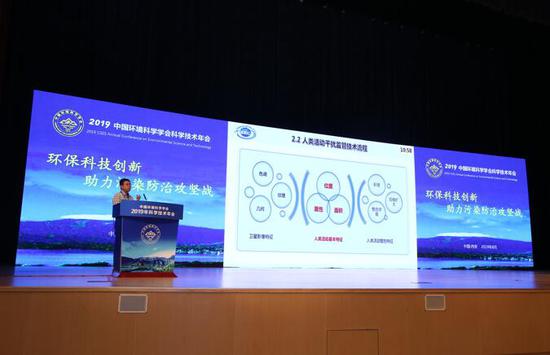
Next, Hou Peng explained the operational technical system and operational mechanism of monitoring and evaluating the effectiveness of human activities and ecological protection in nature reserves from the two major needs of supervision and law enforcement and comprehensive decision-making, mainly driven by satellite remote sensing technology. For the supervision of human activities, he focused on the working mechanism of satellite remote sensing monitoring discovery and national and local coordinated operation; Regarding the effectiveness of ecological protection, he took the composition of ecosystem types and the service function of ecosystem as the main line, put forward the framework and index method of effectiveness evaluation of nature reserves, and constructed the evaluation model of ecological security contribution. Their research results have achieved remarkable results in the monitoring and management of the northern foot of Qinling Mountains, and have well implemented the requirements of the central authorities on strengthening ecological protection.
Pyrolysis gasification technology makes garbage disposal in small cities and rural areas more economical and environmentally friendly.
Zhao Ming, a special researcher of Tsinghua University Institute of Environment, gave a report entitled "Clean Gasification Technology of Organic Solid Waste with High Heat Value". He believes that the pilot project of "waste-free city" is actively carried out in the country, which embodies the new concept of solid waste pollution control in the new period-full source reduction and "zero landfill" terminal disposal technology, which is also in line with the requirements of the 19th National Congress report and some recent policies on garbage disposal. According to Zhao Ming’s observation, the pattern of "large-scale incineration" (the daily treatment scale is more than 600 tons) in big cities with high population concentration seems unshakable at present, but for the domestic garbage in the vast counties, as well as the obvious industrial organic solid waste and organic hazardous waste in the region, the demand for miniaturization treatment (200 tons/day or less) makes pyrolysis gasification an alternative route for incineration.
Through calculation, Zhao Ming thinks that the current hazardous waste incineration produces a large amount of residue per ton, which will be greatly reduced if melting technology is adopted, and the power consumption of the whole process is much lower than that of the safe landfill plant, so gasification pyrolysis is a more economical way. More can be done for solid waste energy with high calorific value, for example, it can be turned into clean gas. In his view, the upstream of pyrolysis and gasification is connected with garbage classification to ensure the homogeneity and high calorific value of materials, and the downstream is connected with distributed production capacity to realize the multi-use of heat, electricity and chemistry, so it is expected to become a miniaturized mainstream technology with less land occupation, less investment, easy control of secondary pollution and high energy conversion efficiency. At present, Zhao Ming and his team have done some industrialization exploration besides technology, which is expected to be realized in two to three years.
Beijing-Tianjin-Hebei bid farewell to smog.
Lei Yu, a researcher at the Institute of Environmental Planning of the Ministry of Ecology and Environment, gave a report entitled "Study on Atmospheric Environmental Capacity and Air Quality Improvement Path in Beijing, Tianjin and Hebei and Surrounding Areas". When expounding the research background of his report, he introduced that intensive social and economic activities and large industrial emissions in Beijing-Tianjin-Hebei region are the main causes of pollution in this region, while local topography and winter meteorological conditions aggravate the degree of pollution. According to his research, after analyzing and summarizing the simulation results of air quality model under meteorological conditions year by year since 2000, it can be found that the influence of meteorological conditions on the annual average concentration of PM2.5 in the region can reach up to plus or minus 10%. Through the analysis of the model iterative algorithm developed based on WRF-CMAQ, it is found that the emission of major air pollutants in the region needs to be reduced by more than 50% on the basis of 2016, subject to the annual average concentration of PM2.5 reaching the standard.
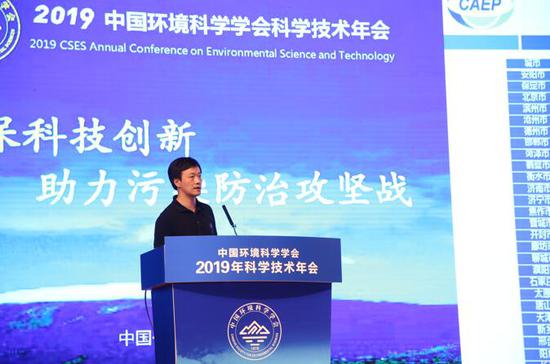
In his research, Lei Yu analyzed the characteristics of PM2.5 concentration in Beijing, Tianjin and Hebei, and gave three scenarios: the first scenario is required by the "Thirteenth Five-Year Plan" goal; The second is the scenario of classification improvement-he thinks that the rate of decline in cities with relatively high concentrations should be faster; The third scenario is given a relatively more radical requirement, and the third scenario is in line with the current "beautiful China" construction and the target requirements put forward by the 19th National Congress. Finally, he introduced what measures can make the whole region reach the above expectations. For this reason, the research team spliced several models and put forward the technical path and phased goal of improving regional air quality. Finally, he pointed out that although the ozone concentration is increasing in recent years, the concentrations of sulfur dioxide and nitrogen oxides are decreasing, so he believes that the ozone concentration will gradually decrease, which will also strengthen the confidence of policy makers.
Remote Sensing Monitoring Helps Pollutant Transmission Control
Liu Cheng, a professor at the School of Earth and Space Sciences, University of Science and Technology of China, reported on the topic of Stereo Remote Sensing Monitoring of Air Pollution. With the implementation of "Ten Articles on Atmospheric Countries", although China has set quantifiable targets for Beijing-Tianjin-Hebei and Yangtze River Delta, the air pollution in a place is affected not only by local emissions and secondary generation, but also by regional transmission. To carry out the main responsibility of pollution control, it is necessary to clarify the relative contributions of local emissions and foreign transportation, which provides a place for remote sensing technology. It is from this that Liu Cheng’s research starts to achieve the goal of control and governance of pollutant transmission.
Stereo remote sensing monitoring is an important field of atmospheric environment research. With the progress of scientific hardware, the high resolution of satellite remote sensing can accurately capture the source of factory emissions, including sulfur dioxide, formaldehyde and ozone. In the research, Liu Cheng and his team carried out research on the spatial and temporal distribution, sources and mechanism of atmospheric pollutants based on ground-based, ship-based, airborne and satellite-borne three-dimensional remote sensing monitoring platforms. Through calculation, researchers found that the accuracy of satellite remote sensing monitoring is very high, and related research results and models have also been accepted by top international journals. In addition, the ship-borne remote sensing aerial survey of the Yangtze River found that the pollutants in economically developed provinces mainly came from factories, while those in agricultural provinces mainly came from automobile exhaust. The researchers also participated in the research on the cross-border transport of pollutants among China, Japan and South Korea. They drove from Dalian to South Korea with instruments carried by ships to observe how many pollutants were transmitted from China to South Korea and how many pollutants were introduced from South Korea to China.
New catalysts make typical environmental pollutants have nowhere to hide.
Professor Zhan Sihui from the School of Environmental Science and Engineering of Nankai University gave a report entitled "Study on Pollution Control Mechanism of Typical Environmental Pollutants". At present, the removal of environmental pollutants often relies on environmental catalysis and has achieved good results. However, the commonly used catalysts are actually prone to poisoning and fire, and how to further improve their effects in practice needs to explore their microscopic mechanisms. In order to efficiently remove pollutants in a complex environmental system and maintain the stability of the catalyst, Zhan Sihui and his team envisaged the process of catalytic oxidation integration through surface modification and regulation of materials.
The researchers first designed a new type of catalyst through surface acidity regulation and surface redox regulation, revealing the mechanism of solid-gas interface regulation and adsorption-activation-purification of pollutants. After that, they constructed a chemical targeted purification system of pathogenic microorganisms at the solid-liquid interface, which solved many kinetic problems and non-targeted purification problems existing in the original disinfection process. Finally, through the adjustment and modification of the interface, the research team can produce more activity and improve the efficiency of adsorption, oxidation and catalysis of typical environmental pollutants. Zhan Sihui said that their research results have been transformed after cooperation with the military, and the designed operation process of quickly removing typical pollutants under photosynthesis can be used to ensure the safety of drinking water in the wild, which also makes great contributions to the microbial detection of water quality.
At the moment when the construction of ecological civilization has become a national strategy, the demand in the field of environmental protection scientific research has pointed out the direction for scientific research and provided a rare opportunity for the growth of young scientists. When reporting the research results, the young scholars who gave reports on the spot said that they were excited to get such an opportunity to show their achievements at the national level, which showed that the Chinese Society of Environmental Sciences attached great importance to the growth and training of young scientists. We expect the vast number of young eco-environmental science and technology workers to show greater innovation and scientific research vitality and realize greater life value on the broad environmental protection stage.
Liu Guowei, editor-in-chief of Environment and Life magazine
